Spain: A World Class Rail Experience
Over the past 30 years, I have rented 11 cars in Spain. I returned 9 of them damaged. Needless to say, I am now an advocate of rail travel or any other form of transportation that does not require me to drive. The rental car issue is for another blog post. Today, I want to talk a bit about rail travel and how Spain overcame a slow start to become a world leader.
Spain lagged behind the rest of Europe in building out its rail network in the 19th Century. This was partly for economic reasons, but primarily because of geographic challenges. Spain is a remarkably mountainous country. This produced all of the associated engineering problems, to include tunnel construction, curved rail, and inclined rail. All of these are expensive. When Spain finally did get serious about expanding its rail network in the last quarter of the century, they did so defensively. Rather than integrating the same rail gauge that France and much of the rest of Europe was using, they introduced their own Iberian gauge. This was done in order to prevent the French from using rail as a logistical tool to support a military invasion, which of course never occurred. The cost, however, was tremendous. For much of the 20th Century, Spain was not able to participate in commerce with the rest of Europe via the rail infrastructure. It was not until the establishment of the modern Spanish Republic in the mid-1970s that Spain retired its last steam locomotive and began a deliberate restructuring and modernization of its rail system.
RENFE Locomotive Preparing to Depart Madrid’s Atocha Station
And modernize they did! Today's high-speed rail network is the 2nd largest in the world (after China). The modern network boasts almost 2000 miles of track and continues to expand. When I first visited Spain in 1986, it still took 8 hours to travel the 330 miles between Madrid and Seville. The worst part is that the train was called "El Rapido". Today, a traveler can reach Seville in just over two hours. Because of Spain's challenging terrain, its trains generally do not maintain their highest speeds for extended periods of time. The maximum speed on any Spanish route is a not-too-shabby 193mph. But with native pendular technology, it's like riding on a magic carpet. Furthermore, France and Spain are cooperating to fix the 19th-century rail gauge issue, allowing passengers to travel seamlessly between Spanish and French destinations.
If I plan your trip, I will take care of all your rail tickets. However, do-it-yourself travelers have a variety of options for purchasing tickets online. I do recommend that you purchase your tickets ahead of time rather than at the station since certain routes (especially Madrid-Seville and Madrid-Barcelona) tend to sell-out during the high and shoulder seasons. The high-speed options service the main cities but may require a transfer to a slower train to get you from a hub city to less populated destinations. RENFE (Spain's national rail company) offers three high-speed service options:
AVE: These are generally the fastest trains and use exclusively high-speed rails. These trains are very comfortable. You can purchase a first-class ("preferente") ticket, but the tourist class cars give you 90% of the comfort.
ALVIA: These maintain the same comfort standards as the AVE, but can access both high speed and standard rail. Although they are not quite as fast, they service a wide variety of destinations.
AVLO: Launching in April of 2020, this will be a discount line running along the main routes (beginning with Madrid-Barcelona). These trains will not have all the amenities of the AVE and ALVIA but will run on the same tracks with similar schedules. Note that although these tickets will sell at a discount of +/-60% compared to the AVE, there will be a luggage charge for AVLO trains.
In the end, you should not be too concerned with the type of train that you choose. Choose a train that fits your schedule. Furthermore, enjoy the ride! The views are impressive, the service is great, and sometimes the journey is just as much fun as the destination.

